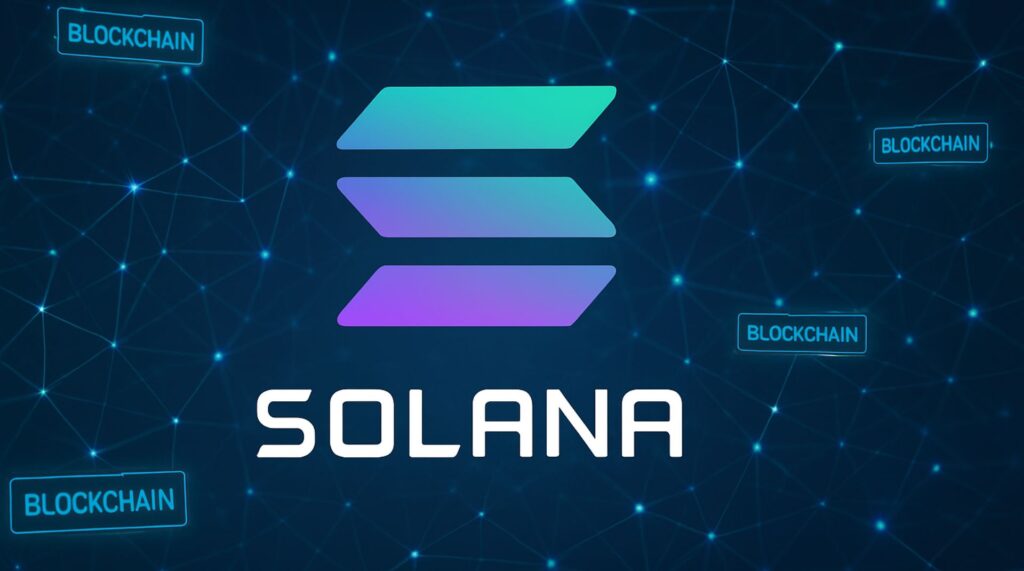Solana‘s Alpenglow proposal, SIMD-0326, received approval from nearly all validators and describes a consensus overhaul that lowers block finalization from 12.8 seconds to about 150 milliseconds. The plan introduces Votor and Rotor to change how a leader is chosen, how votes are put together, and how blocks are sent. The high approval highlights broad support while reopening debate about the balance between speed, safety, and decentralized control in public networks.
What Alpenglow Changes
Alpenglow represents a fundamental change in Solana’s consensus design aimed at lowering wait times and increasing transaction volume for applications that need quick responses. The new design replaces TowerBFT and Proof of History as the primary parts of the consensus process with Votor and Rotor. Votor focuses on selecting a leader and gathering signatures, while Rotor improves block sending to reduce voting rounds and wait times. The architecture also includes a way to stay operational called “20+20,” which keeps the system working even if many validators stop.
Impact on Validators and the Network Economy
Moving to a system that depends less on votes recorded on the blockchain seeks to lower operating costs and simplify validator programs. This simpler approach could bring more people to participate by reducing complexity and overhead. At the same time, there is a chance of technical concentration, where operators with better equipment might gain an advantage that affects the network’s variety.

Benefits and Risks
Near-instant finality—about 150 milliseconds versus 12.8 seconds—enables quick applications and lowers the chance of liquidation. A potential increase in volume and the number of transactions each second is possible as the system becomes more efficient. The separation of roles between Votor and Rotor helps to optimize particular consensus jobs, while new technical issues arise around off chain voting and signature aggregation. Requirements for hardware, network, and knowledge could concentrate validation among fewer actors, underscoring the need for oversight to prevent outside reliance and single points of failure.
Implications for DeFi and Institutional Adoption
The combination of fast finality and larger capacity makes Solana more appealing for quick DeFi applications and institutional uses. In these contexts, wait times and counterparty risk are very important, and lower latency can meaningfully improve user experience and risk management. Institutions will trust the system based on both its performance and on a sustained demonstration of robustness and effective decentralization, making ongoing transparency and monitoring critical.
Alpenglow is an ambitious technical step forward that could reshape how well public blockchains perform. Its practical success will require constant testing, observation of validator decentralization, and methods to lessen power concentrations.

